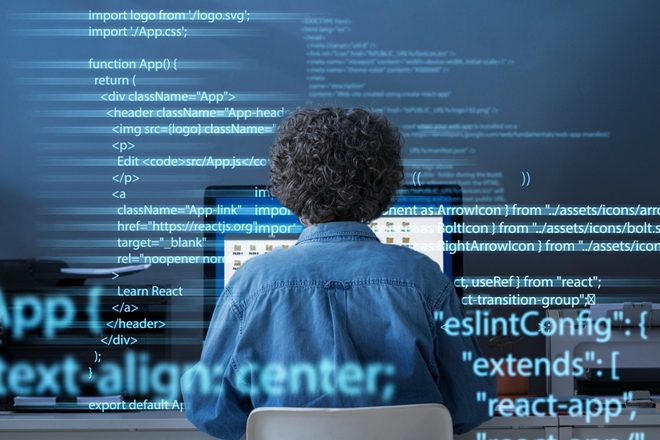
In software development, one of the most common mistakes beginners and even seasoned developers make is pushing code directly to the main branch. Whether you’re coding manually in GitHub or using AI-powered platforms like Lovable, this habit can create chaos. Main (often called master in older repositories) is the central branch that typically represents the production-ready version of your application. Treating it carelessly can lead to broken builds, loss of work, and headaches that derail progress.
Understanding the dangers of this practice is key to adopting healthier workflows and protecting your project from unnecessary risks.
Why Developers Push to Main
Many developers push to main because:
- It feels faster than creating and merging branches
- They assume small changes won’t break anything
- They are unaware of version control best practices
- AI-generated code makes them overconfident in stability
While these reasons may seem valid in the moment, the long-term consequences can be severe.
Key Risks of Pushing Code Directly to Main
Broken Production Code
The main branch is usually tied to your production environment. When you push untested or experimental code directly, you risk crashing features that users rely on. In an AI development setting like Lovable, a single broken deployment could wipe out days of carefully structured logic.
Loss of Rollback Safety
One of Git’s strengths is version control. However, when you constantly overwrite code in main, you lose the ability to trace issues back to specific commits or revert to stable versions. This leaves you stuck trying to untangle large blocks of code rather than pinpointing where the error occurred.
Context Confusion for AI Development Tools
AI platforms depend on project context to generate accurate updates. If the main branch is cluttered with half-broken logic or duplicate components, tools like Lovable may use that as a foundation and multiply errors instead of fixing them.
Harder Debugging
Without branches, you have no isolated space to test features. When something breaks, you can’t easily identify whether the issue came from a recent update or older functionality. Everything collapses into one messy stream of commits.
Real-World Consequences
Here’s how direct pushes to main can impact a development team or solo project:
| Consequence | Impact | Example Scenario |
| Broken features | Users face downtime | Login stops working after an untested commit |
| Wasted time | Hours spent undoing mistakes | Developer spends 3 credits fixing code that was previously working in Lovable |
| Poor collaboration | Team members overwrite each other’s work | Two developers push to main at the same time and erase each other’s changes |
| AI misfires | Generated code becomes unstable | Lovable keeps rewriting existing functions because the code history is unclear |
Best Practices to Avoid Pushing to Main
Instead of pushing to main, adopt safer workflows:
- Create Feature Branches: Always create a new branch for each feature or bug fix. Once tested, merge it back to main.
- Use Pull Requests (PRs): PRs allow code review before merging, reducing the chances of bugs sneaking into production.
- Adopt a Staging Environment: Connect staging to a dev branch. Test thoroughly in staging before promoting changes to main.
- Commit Incrementally: Small commits are easier to track and roll back compared to massive, one-off pushes.
- Add Tests: Automated tests help verify changes before merging. Even basic unit tests can prevent costly mistakes.
Tips for AI-Assisted Development
If you’re using Lovable or similar AI development platforms, extra precautions are necessary:
- Give Clear Instructions: Define rules like “never duplicate components” or “always edit existing features” at the project level.
- Start Small: Don’t ask AI to implement multiple features at once. Smaller, incremental updates reduce the chance of conflicts.
- Review Before Merge: Even if AI suggests the solution, manually review the code before pushing it live.
- Use Cursor or GitHub Desktop: Pair AI outputs with traditional tools to maintain proper branching and commits.
Why Main Should Be Protected
Think of main as the source of truth. It should always represent the most stable, production-ready version of your application. Protecting main ensures that:
- Your app remains live and functional for users
- Collaborators can rely on a clean version of the project
- AI tools have a reliable context to build on
- You spend less time fixing and more time building
Final Thoughts
Pushing code directly to main may feel like a shortcut, but it often creates more problems than it solves. Broken apps, wasted credits, and lost progress are just the beginning of the risks. By adopting better practices—feature branches, staging environments, pull requests, and incremental commits—you not only safeguard your project but also unlock the real potential of platforms like Lovable.
Treat main as sacred, and you’ll save yourself countless hours of frustration while building stable, scalable applications.